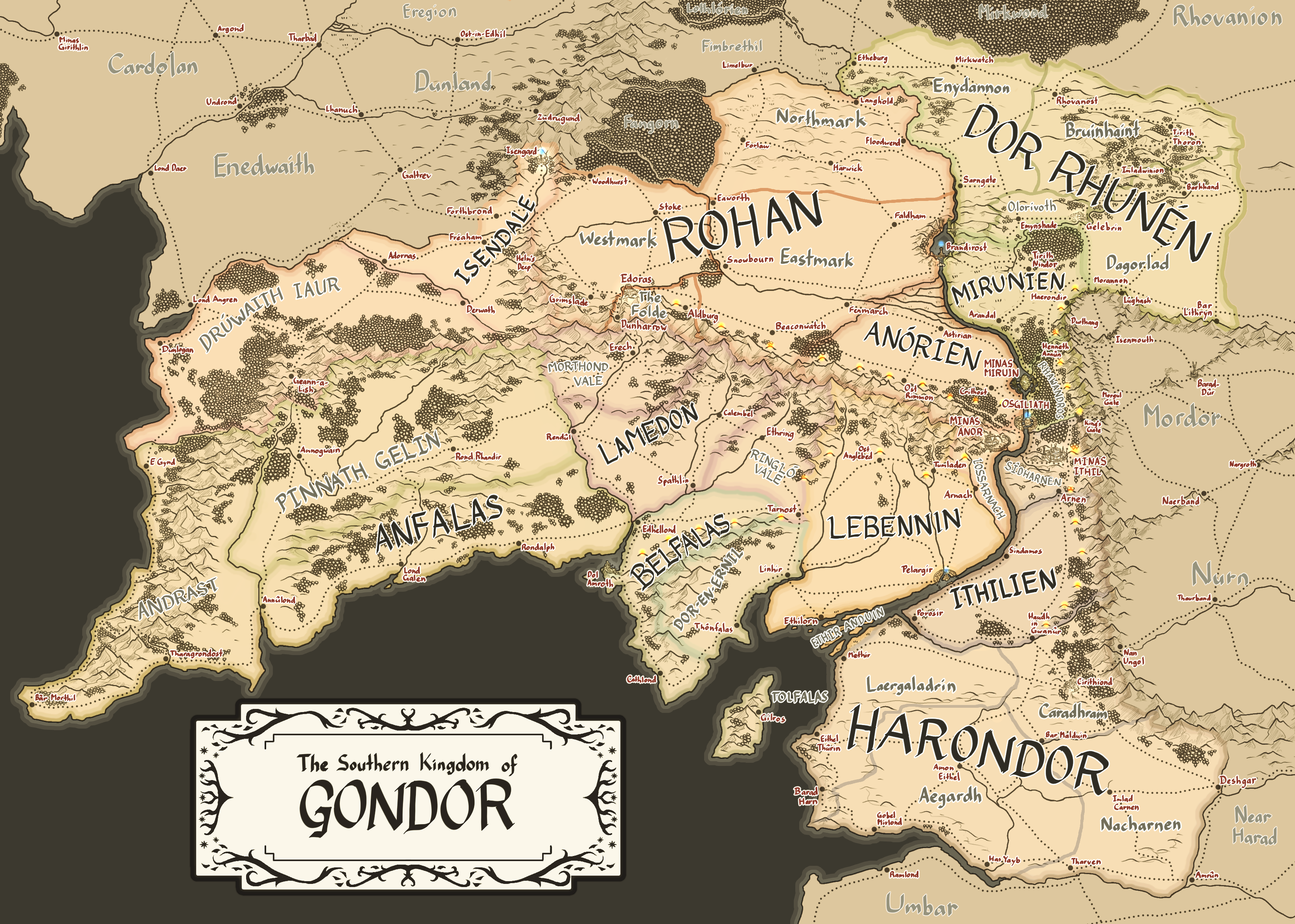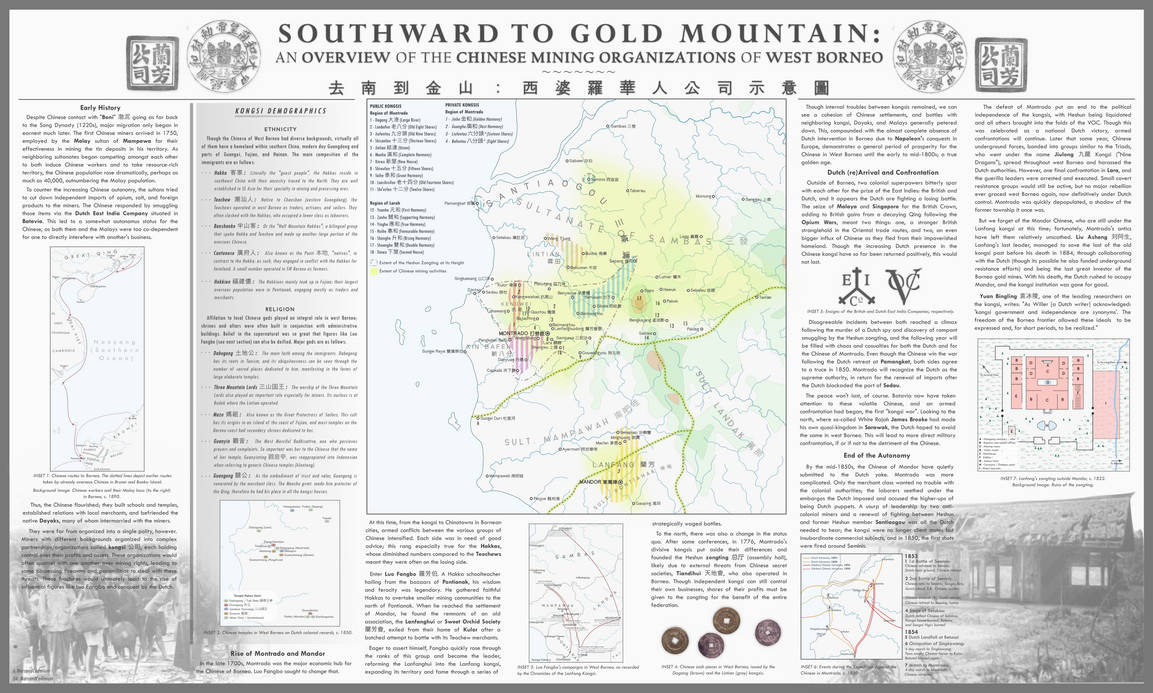The Caribbean Salinity Crisis
View attachment 633747
A butterfly flaps its wings, and geology is altered slightly. The Lesser Antilles and Puerto Rican subduction zones are a bit more active, and the volcanic activity opposing them a bit more frequent and extending slightly more to the northeast. About three million years ago, the volcanism had advanced to the point where North America connected to South America, first at Panama and shortly thereafter at Trinidad. The cutoff of the Central American seaway dramatically cooled the global climate, while the landlocked Caribbean Sea, located in dry latitudes, quickly drained. Within a few thousand years, it had reached an equilibrium with three large seas located two to three kilometers down, which has been maintained for the past three million years.
The seas were initially highly saline, much as the Messinian era Mediterranean was, but the Mississippi and Magdalena rivers have flushed out most of it by now. The northern Sea, the Mexican Sea, lies 2.1 km below sea level, the middle Cayman Sea lies 3.4 km down, and the southern Caribbean Sea lies 2.9 km down. Air pressure ranges from 25% higher at the Mexican sea to 40% higher at the shores of the Cayman sea. Ecologically, they’re like nothing else on Earth. The mouth of the Amazon averages 28 C, the mouth of the Congo 26. The mouth of the Mississippi averages 33, the mouth of the Magdalena 42 C. The life that has crept down from the highlands into the Mesozoic rainforests and scorching deserts tends to be small and gracile, and tremendously weird.
Early humans killed nearly all the megafauna in the American uplands, but the sunken Caribbean basins are hardly habitable for unadapted humans, and over the thousands of years it took for them to descend to the shores, the animals got wise to these strange new predators. Scimitar cats, Camelids, dwarf Elephants, giant teratorns, ground sloths, gompotheres, and more still range about the Carib seas. Some six thousand years, early agricultural efforts began in the Jamaican midlands, and a quite sophisticated civilization developed in the basin. Mexico is much more of a desert than in our world, as is the Mississippi basin, and so the city states of the sunken seas had little contest except from the strange Incans.
For millennia, they developed in their own strange bubble, domesticating some of the megafauna and killing others, sophisticating agricultural techniques, waging wars and mining the metals with which to fight them. For someone born and raised in the deeps of the Cayman or Caribbean, sea level feels as high as Lhasa Tibet would to us. The air is breathable, but only barely, and any serious mountain above sea level is potentially fatal. Their material wealth and sophisticated technology allowed them to enlist highland sepoys in the Bahamas, Mississippi, and Mexico to serve as explorers and in trade networks, and through these networks and a few brave explorers some corners of civilization are aware of most of the Americas, but there is little of note outside the deeps. Lake Titicaca is 7 km above the Cayman sea, and so the Incans and the
Sách̀ Shum cannot even visit the others homelands, and both regard the lands around sea level as generally undesirable.
And then one day in the fall of the 1492nd year after the birth of Christ, a foolhardy Italian explorer sailing Spanish ships lands on the shore of a Bahamian island, and the world changes forever.



